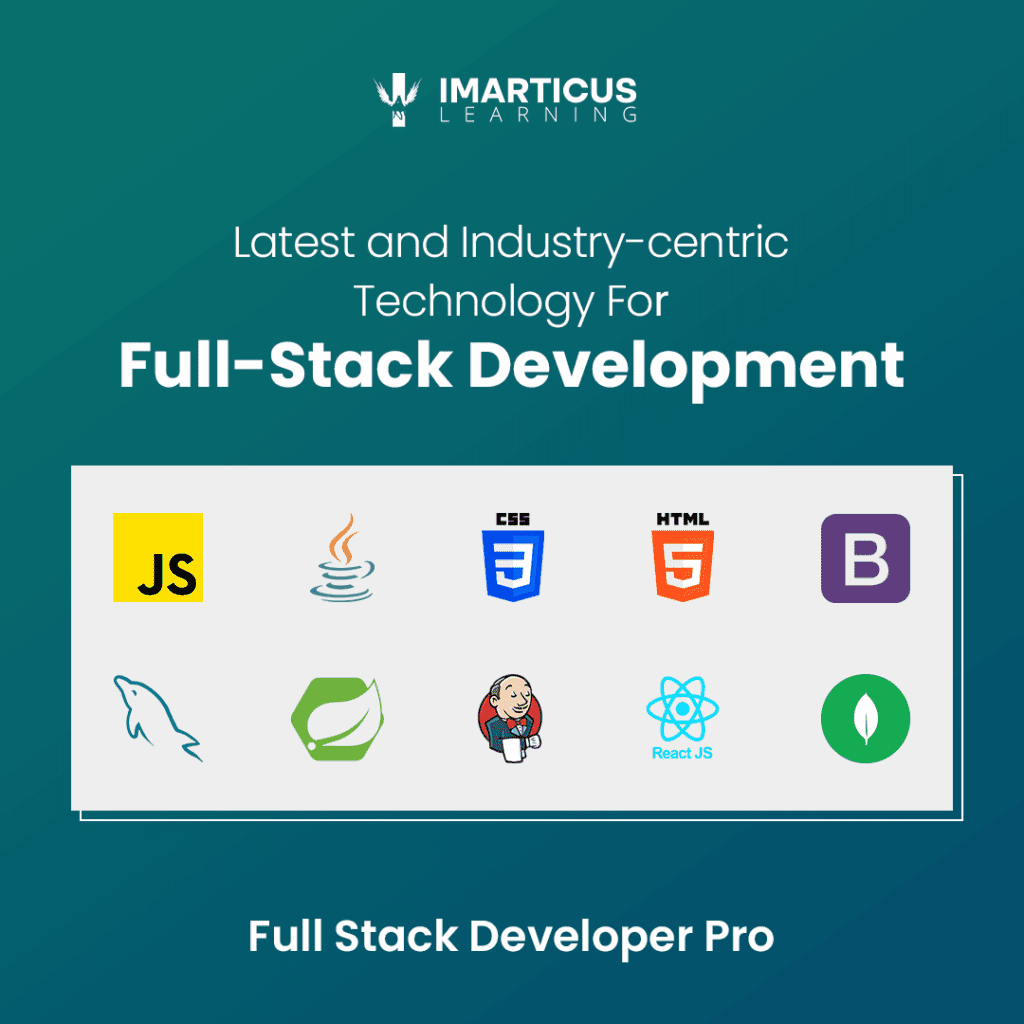The world of programming is vast and growing every day. New languages are being created. New technologies are being invented, and new ways to make money as a programmer are being developed.
But, there are still some basic things that every programmer needs to know. One of these is server-side programming. Many people think you must do all programming on the client side—the browser—but this isn't true.
In this article, we will cover what server side programming is and why it's important for developers; then, we will go over some tips for setting up your environment before writing code using various languages such as PHP. Hopefully, you'll feel confident about tackling these tasks by the end!
Understanding Server-Side Programming
Sessions, essentially a mechanism that enables a server to store data on the current user of a site and send various responses based on that information, allow developers to use server-side programming.
Server-side languages are generally more powerful than client-side languages because they don't rely on the browser for processing. As such, you can use them to create databases or integrate them with other software.
Setting Up Your Environment
Setting up your local server environment is the first step to learning server-side programming. This will involve installing and configuring a piece of software called XAMPP, the backbone of your local development environment.
-
What is a Server?
Many of the functions that servers can offer are called "services," such as performing computation for a client or sharing data or resources among many clients. Both a single client and a single server can accommodate multiple clients.
A client process can run on a single device or connect to a server running on a different device over a network. Examples of common servers are database servers, web servers, game servers, file servers, mail servers, print servers, and application servers.
The request-response model is typically used to implement (and is frequently associated with) client-server systems: a client also sends a request to the server, which acts upon it, and sends a response back to the client, typically along with a result or acknowledgment.
When a computer is referred to as "server-class hardware," it implies that it is optimized for hosting servers. This frequently implies that it is more capable and dependable than typical personal computers. Still, large computing clusters may instead be made up of a large number of interchangeable, relatively simple server components.
-
What Is A Local Server Environment?
For most developers, a local server is essential. It also permits local machine testing and development without worrying about losing an Internet connection, unintentionally opening up temporary security gaps, or continuously uploading files.
The options for setting up a local server are listed below. They can be divided into configured for a virtualized environment and those natively running installations for a particular OS (Linux, macOS, or Windows) (for example, Virtualbox or Docker). In either case, you must have a PHP server, a database server (such as MySQL, MariaDB, or PostgreSQL), and a web server (such as Apache or Nginx).
Building Server-Side Applications
Server-side applications are often more complex than client-side applications. Building a server-side application from scratch can be complicated and require understanding multiple technologies.
The most common languages used in server-side programming include Java, PHP, Python, and Ruby. Each has pros and cons that make them suitable for different tasks.
Data handling is a crucial component of server-side programming. Working with databases, which are used to store and organize massive amounts of information, is required for this. APIs (application programming interfaces) are common for server-side applications to exchange data with other servers or services.
Server side programming also entails creating and putting into place security protocols to safeguard the server and the data kept on it. This entails implementing user authentication and access control, using encryption to secure data transmissions, and keeping the server updated with security patches.
Explore a Career in full stack development with Imarticus Learning.
Our Full Stack Web Development certification course will teach students database architecture and algorithms. During this six-month full-stack developer online course, students will learn data structure algorithms and the technical facets of front-end and back-end programming.
Course Benefits for Learners:
- As part of our career services, we offer resume writing, profile improvement, workshops to help students prepare for interviews, and one-on-one career counseling.
- While learning well-known tools like Java, Spring, MongoDB, JavaScript, React, Docker, and Jenkins, lay a strong foundation in data structures.
- With the help of our community project Skillenza, students can now compete in coding challenges to solve complex business problems and stand out on resumes.










